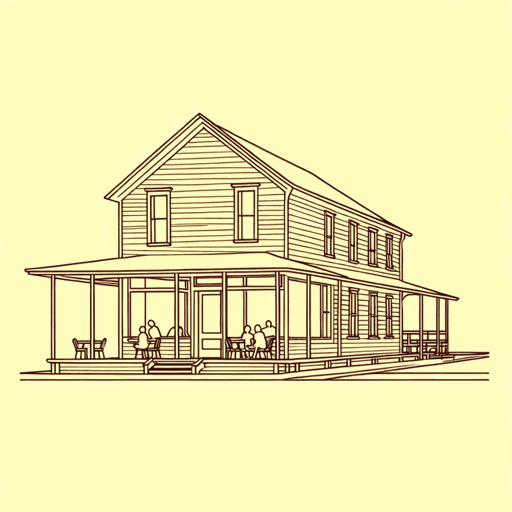58 pages • 1 hour read
Fannie FlaggFried Green Tomatoes at the Whistle Stop Cafe
Fiction | Novel | Adult | Published in 1987A modern alternative to SparkNotes and CliffsNotes, SuperSummary offers high-quality Study Guides with detailed chapter summaries and analysis of major themes, characters, and more.
Symbols & Motifs
Food
As the novel’s title suggests, food is an important motif in Fried Green Tomatoes. In the frame story, for example, nearly every visit Evelyn pays to Mrs. Threadgoode begins with a mention of food—typically, something Evelyn has brought with her to the nursing home. Evelyn and Ninny share a sweet tooth, and Evelyn offers things like vanilla ice cream, peanut butter cups, and honeybuns to her friend. She occasionally brings Mrs. Threadgoode meals as well and, after hearing how much the elderly woman misses home-cooked Southern food, spends all day preparing a “plate of perfectly fried green tomatoes and fresh cream-white corn, six slices of bacon, with a bowl of baby lima beans on the side and four huge light and fluffy buttermilk biscuits” (355). Food is even more prominent in the novel’s flashbacks. Ruth realizes her love for Idgie when the latter brings her a honey comb, and “Railroad Bill” raids supply trains to feed Troutville’s citizens during the Depression. The cafe feeds Whistle Stop’s white customers, Troutville’s black residents, and penniless drifters like Smokey Lonesome.
The common thread tying these representations together is the idea that food creates and maintains social bonds. Given that women have traditionally been responsible for cooking, it isn’t surprising that it often serves as a vehicle for female friendships, but this isn’t the only social function food serves in the novel.


